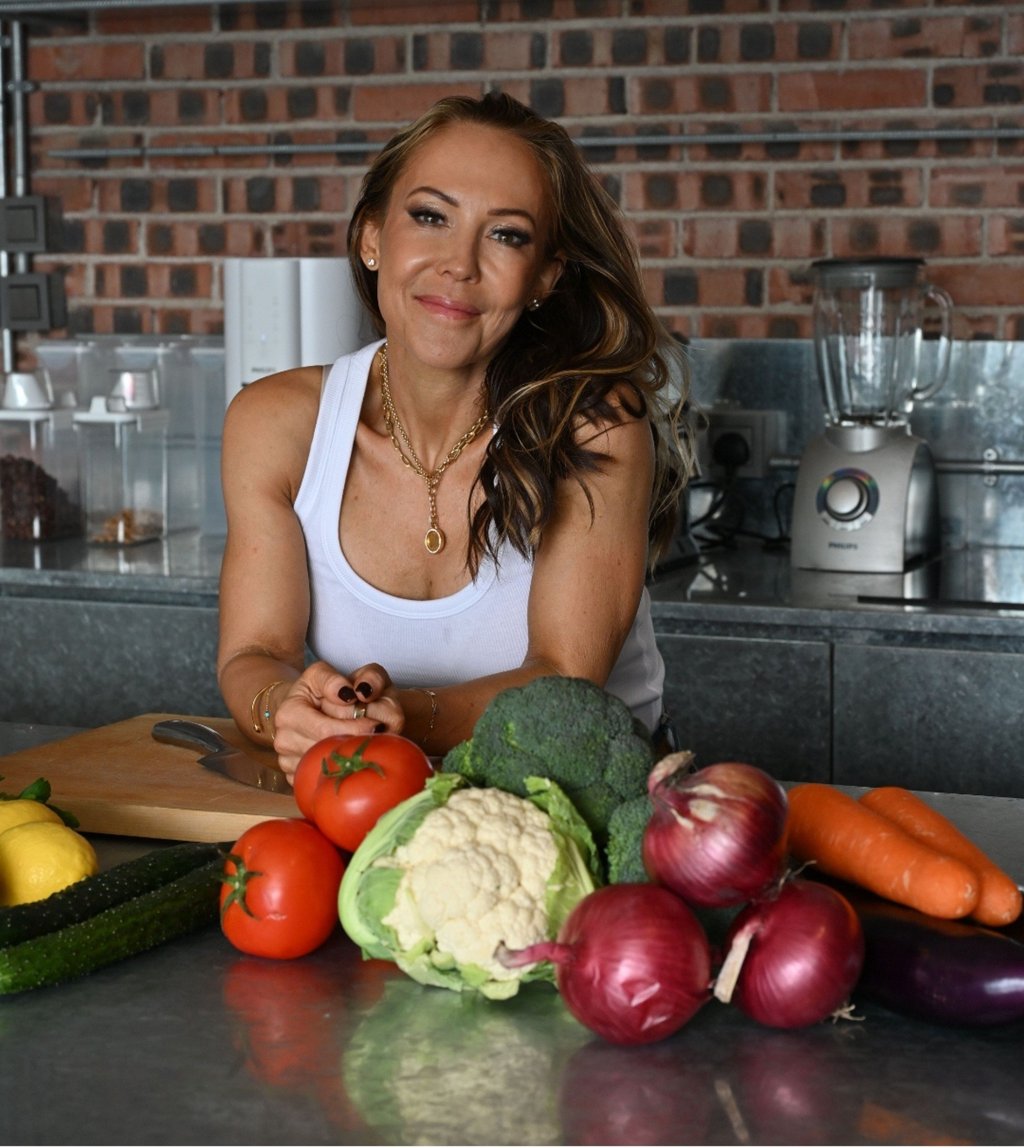This is the 69th instalment in a series on dementia, including the research into its causes and treatment, advice for carers, and stories of hope.
When you hear the word copper, you may think of the malleable reddish-orange metal used in electrical wiring, plumbing, construction and jewellery that tends to turn your skin green.
But you may not be as familiar with dietary copper, an essential trace element. The body needs it in small amounts to function properly.
Hong Kong-based functional nutritionist Beth Wright refers to it as one of the “Goldilocks” nutrients. Other “Goldilocks” nutrients include iron, zinc, vitamin D, sodium, calcium, selenium and iodine.
“Just like Goldilocks’ porridge, when it comes to copper, we need it ‘just right’,” she says: not too little, not too much.
Maintaining this delicate balance, known as copper homeostasis, is something our bodies work incredibly hard to do, she adds.


